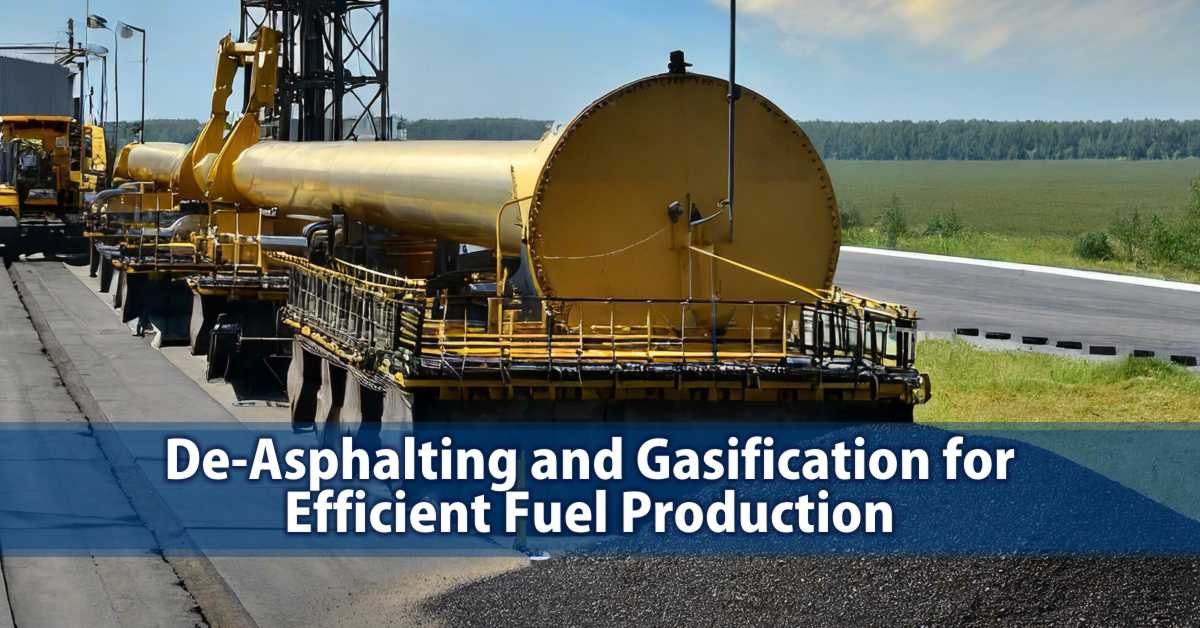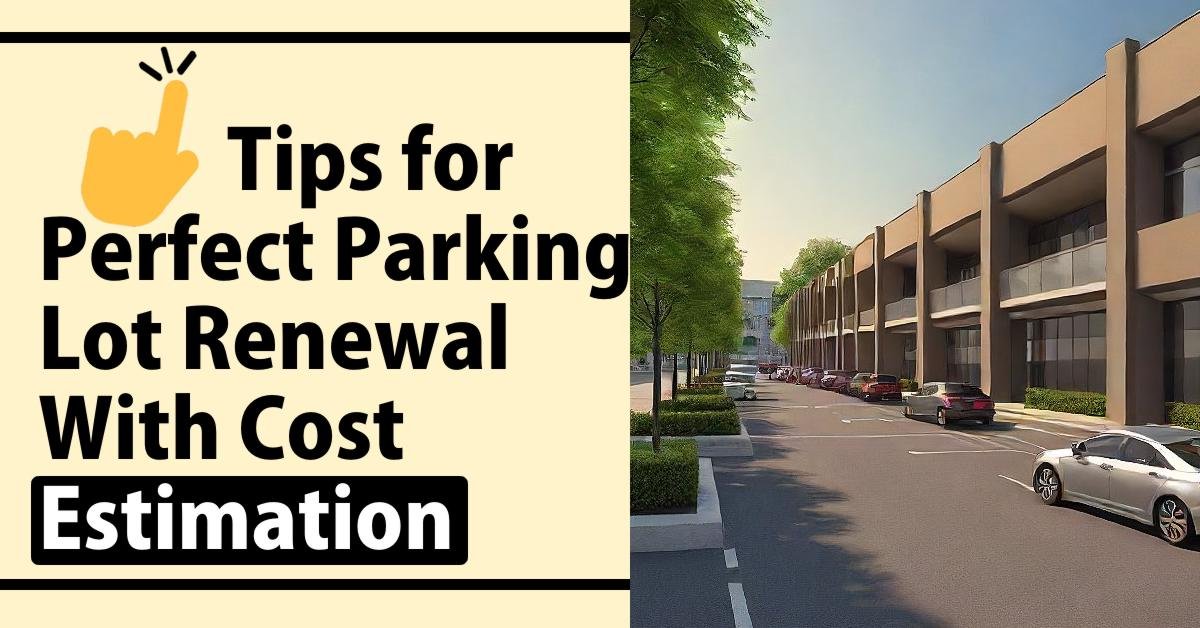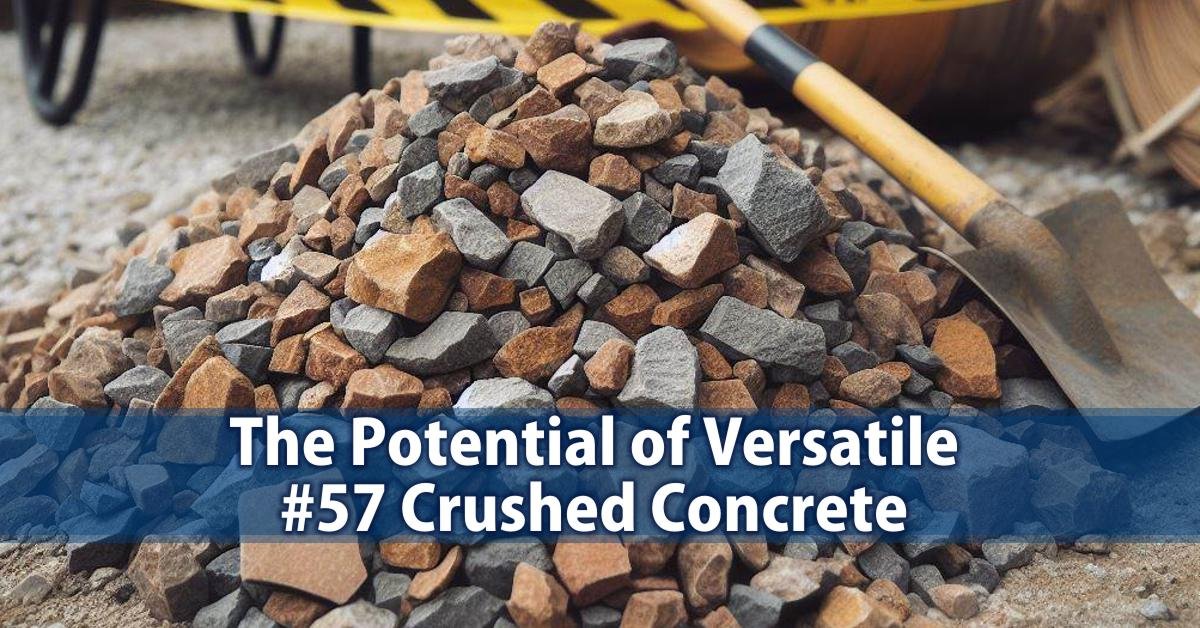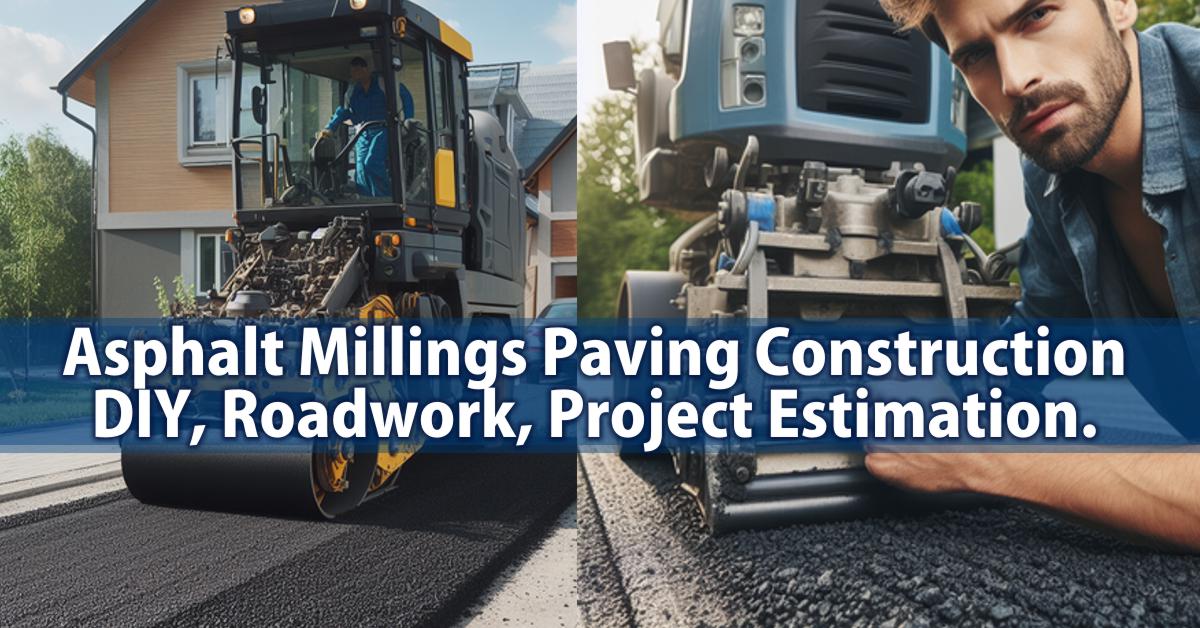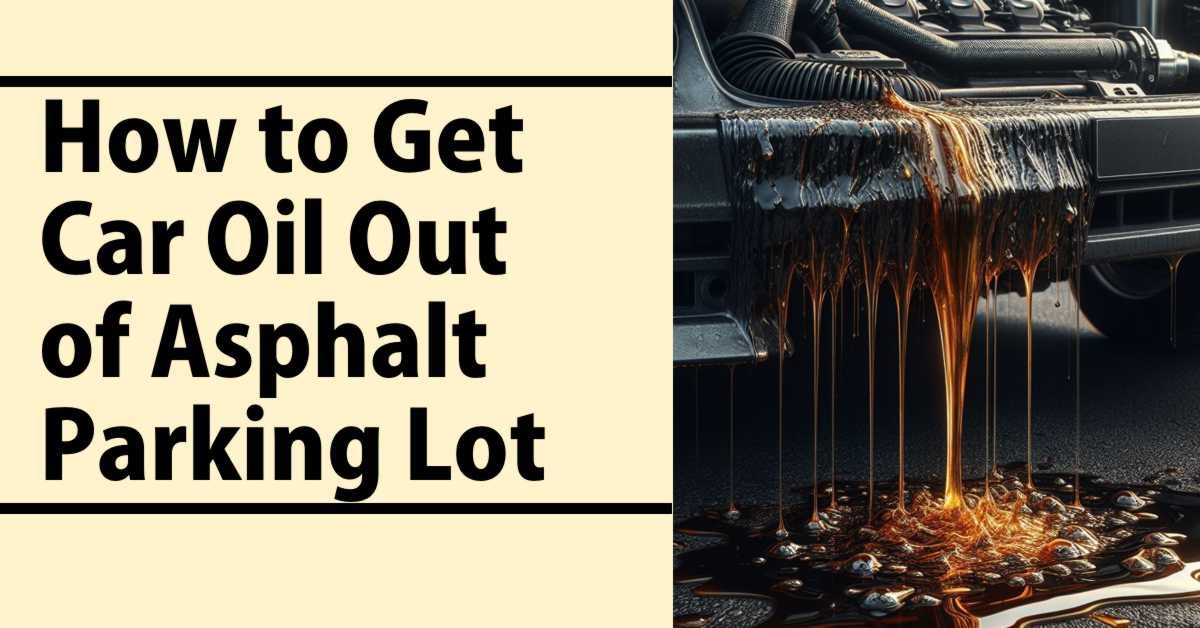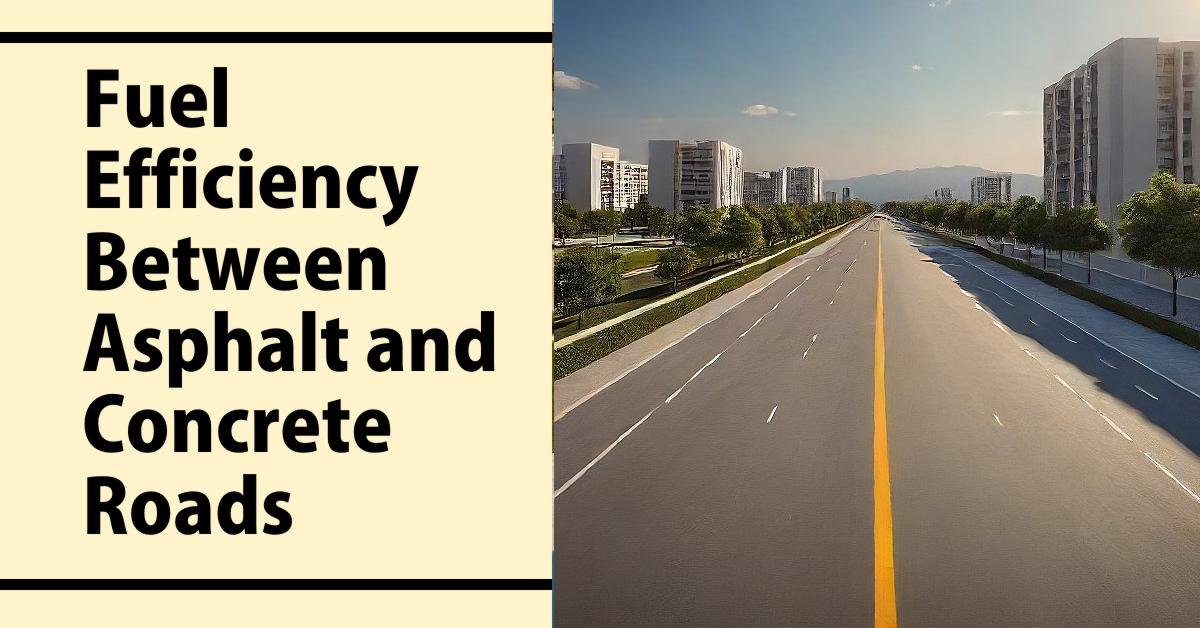With over 25 years in civil engineering and asphalt materials, I’ve seen firsthand the monumental […]
Tips for Perfect Parking Lot Renewal With Cost Estimation to Achieve Ideal Look, Space and Access
Optimize the Functionality and Appearance of Your Parking Facilities Achieving perfect parking lot renewal requires […]
Top 5 Construction Projects Perfect for #57 Crushed Concrete
Top 5 Construction Projects Perfect for #57 Crushed Concrete Crushed concrete, particularly #57 grade, is […]
Crusher Run Gravel: Pave It Right with Our Complete Guide to Paving Success
An In-Depth Look at Crusher Run Gravel As an experienced civil engineer, I frequently receive […]
Asphalt Millings Paving Construction DIY, Roadwork, Project Estimation.
I am a licensed civil engineer and asphalt pavement specialist with over 25 years of […]
Asphalt Millings Calculator | Get The Sum Volumes for each section milled
Welcome to the Asphalt Millings Calculator, your go-to tool for accurately estimating the amount of […]
Optimizing Asphalt Pavement Structure in 2024 For Performance and Value
As a licensed civil engineer specializing in pavements for over 25 years, I’ve seen firsthand […]
How to Get Car Oil Out of Asphalt / Parking Lot
As an asphalt construction specialist, I’m often asked by the people living near the construction […]
Difference in Fuel Efficiency Between Asphalt and Concrete Roads
Fuel efficiency has become a significant concern for both individuals and businesses, as it directly […]
What Happens When a Car Stops Suddenly on Asphalt
As an asphalt materials engineer, I’m sometimes asked what effects slamming on the brakes has […]
